Your cart is currently empty!
Tag: Advancements
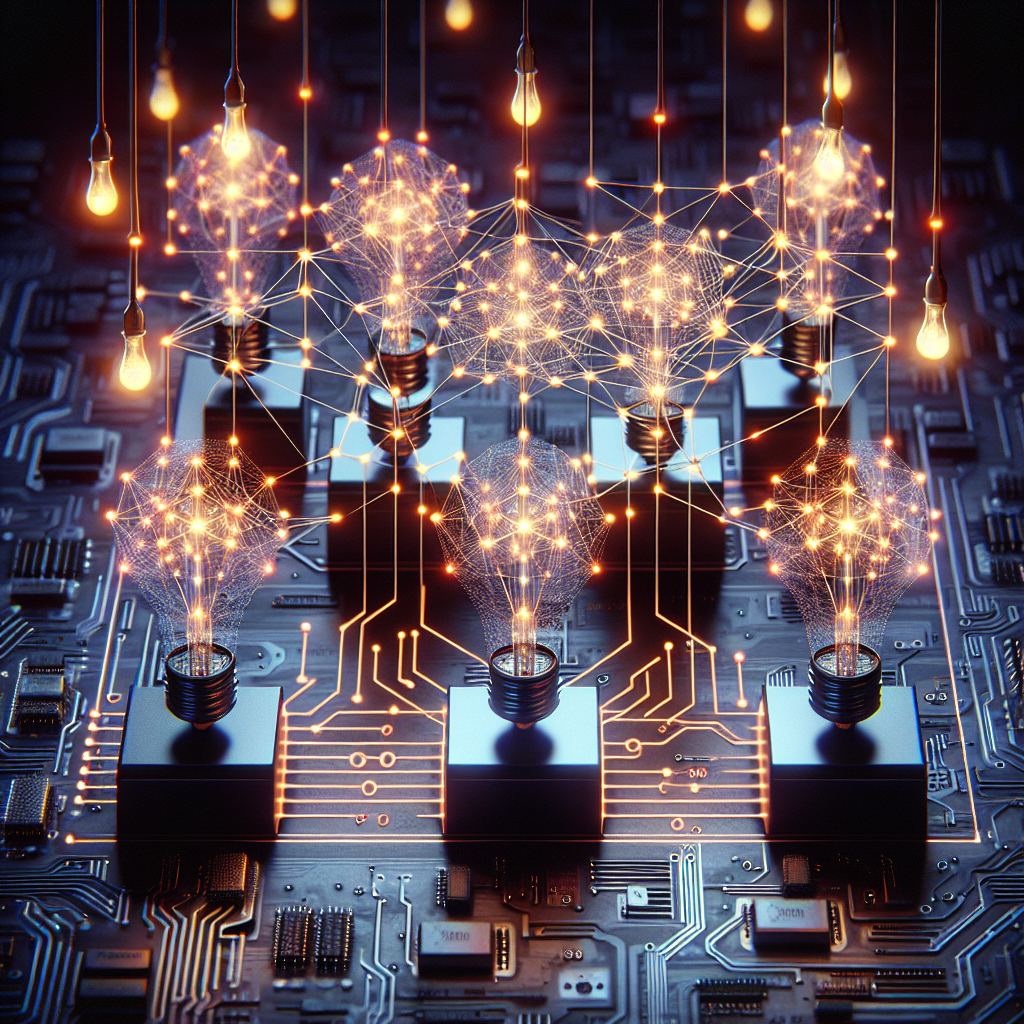
Advancements in Recurrent Neural Networks: From Simple to Gated Architectures.
Recurrent Neural Networks (RNNs) have been a powerful tool in the field of artificial intelligence and deep learning, particularly in tasks involving sequential data such as natural language processing, speech recognition, and time series analysis. However, traditional RNNs have limitations when it comes to capturing long-term dependencies in sequences due to the vanishing gradient problem.In recent years, there have been significant advancements in the design of RNN architectures, moving from simple RNNs to more sophisticated gated architectures such as Long Short-Term Memory (LSTM) and Gated Recurrent Unit (GRU). These gated architectures have been able to address the vanishing gradient problem by introducing mechanisms that allow the network to selectively retain or forget information over time.
LSTM, introduced by Hochreiter and Schmidhuber in 1997, incorporates three gates – input, forget, and output gates – that control the flow of information within the network. The input gate determines which information to store in the cell state, the forget gate decides which information to discard, and the output gate determines which information to pass on to the next time step. This architecture has been shown to be effective in capturing long-term dependencies in sequences and is widely used in applications such as language modeling and machine translation.
GRU, introduced by Cho et al. in 2014, is a simplified version of LSTM that combines the forget and input gates into a single update gate. This simplification reduces the number of parameters in the network and makes training more efficient. Despite its simplicity, GRU has been shown to be as effective as LSTM in many tasks and is often preferred due to its computational efficiency.
In addition to LSTM and GRU, there have been other variations of gated architectures such as Gated Linear Units (GLU) and Depth-Gated RNNs that aim to improve the performance of RNNs in capturing long-term dependencies. These advancements in RNN architectures have led to significant improvements in the performance of deep learning models in a wide range of applications.
Overall, the shift from simple RNNs to gated architectures has been a major milestone in the development of recurrent neural networks. These advancements have enabled the modeling of complex sequential data with long-term dependencies, making RNNs a powerful tool for a variety of tasks in artificial intelligence and machine learning. As research in this field continues to progress, we can expect further innovations that will push the boundaries of what RNNs can achieve.
#Advancements #Recurrent #Neural #Networks #Simple #Gated #Architectures,recurrent neural networks: from simple to gated architectures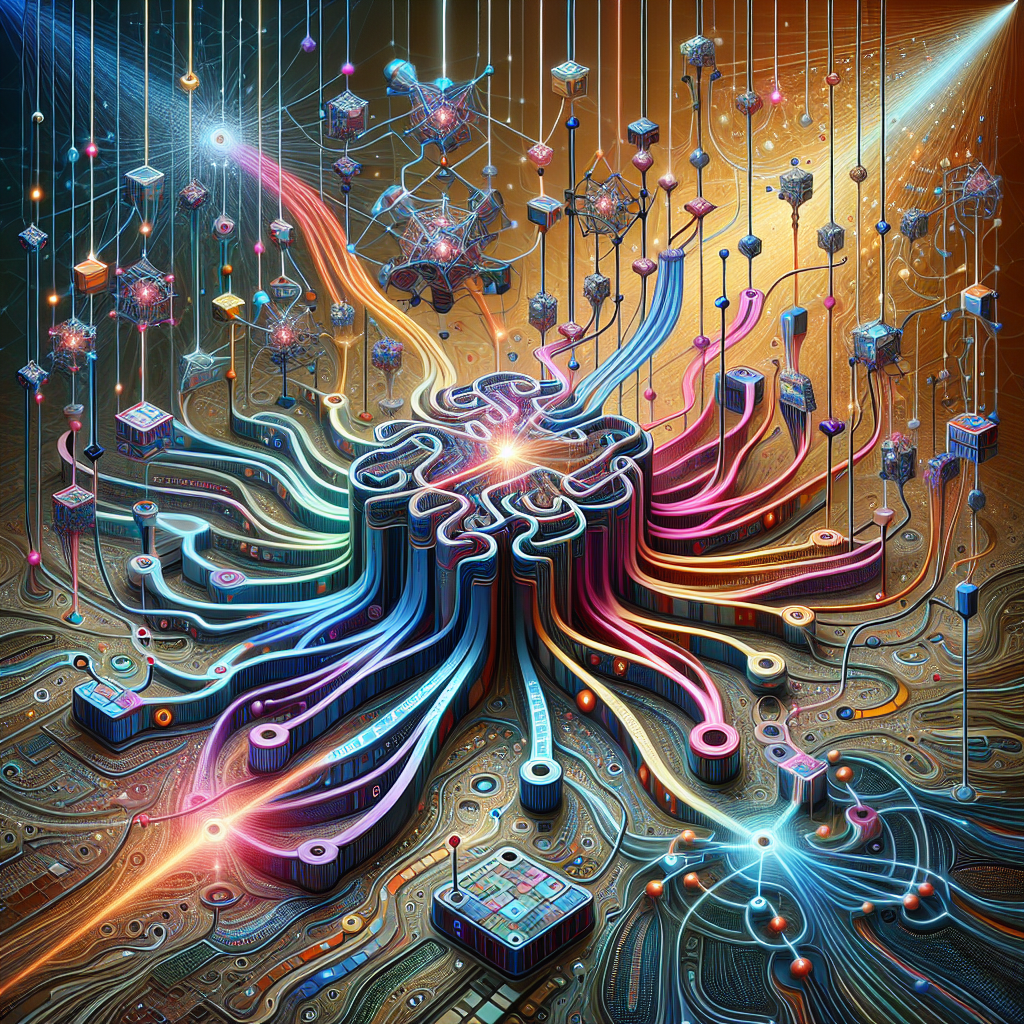
Advancements in Deep Learning: The Impact of Recurrent Neural Networks
Deep learning has revolutionized the field of artificial intelligence, enabling machines to learn from vast amounts of data and make decisions without human intervention. One of the most significant advancements in deep learning is the development of recurrent neural networks (RNNs), which have greatly improved the ability of machines to process sequential data.RNNs are a type of neural network that is designed to handle sequential data, such as time series data or natural language. Unlike traditional neural networks, which process input data in a static manner, RNNs have loops within their architecture that allow them to retain information about past inputs. This enables RNNs to learn patterns and relationships in sequential data, making them particularly well-suited for tasks such as speech recognition, language translation, and time series forecasting.
One of the key features of RNNs is their ability to remember and use information from previous time steps. This is achieved through the use of hidden states, which store information about past inputs and can be updated at each time step. By incorporating information from previous time steps, RNNs are able to capture long-range dependencies in sequential data, allowing them to make more accurate predictions and generate more coherent outputs.
The impact of RNNs on deep learning has been significant, leading to breakthroughs in a wide range of applications. For example, in natural language processing, RNNs have been used to improve the accuracy of language translation systems, enabling machines to generate more fluent and natural-sounding translations. In speech recognition, RNNs have been employed to improve the accuracy of voice recognition systems, making it easier for machines to understand and respond to spoken commands.
In addition to their applications in natural language processing and speech recognition, RNNs have also been used in time series forecasting, where they have been shown to outperform traditional forecasting methods. By capturing the complex relationships in sequential data, RNNs can make more accurate predictions about future trends, helping businesses and organizations make better decisions based on data.
Overall, the advancements in deep learning enabled by recurrent neural networks have had a profound impact on the field of artificial intelligence. By enabling machines to process sequential data more effectively, RNNs have opened up new possibilities for applications in areas such as natural language processing, speech recognition, and time series forecasting. As research in deep learning continues to advance, we can expect to see even more innovations and improvements in the capabilities of recurrent neural networks, further expanding the potential of artificial intelligence to transform industries and improve our daily lives.
#Advancements #Deep #Learning #Impact #Recurrent #Neural #Networks,rnn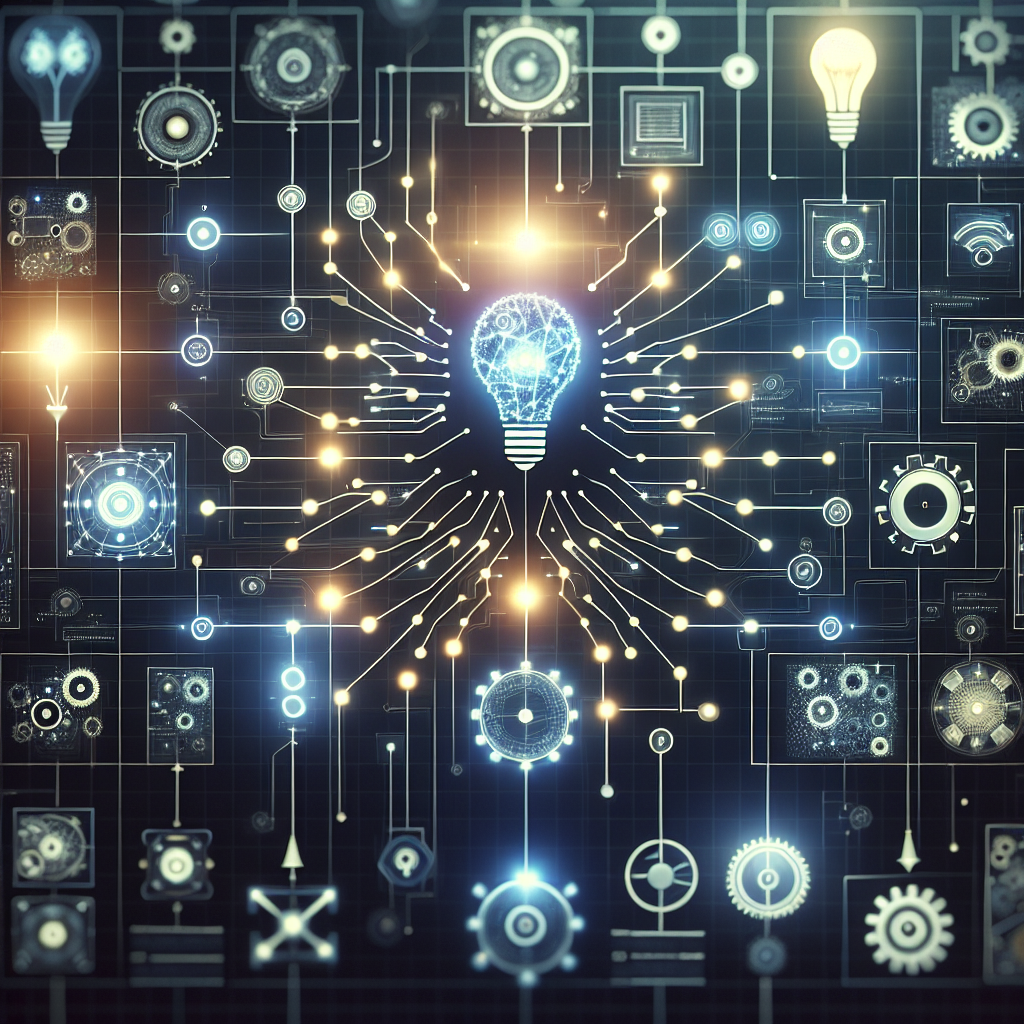
Advancements in DNN Technology: What You Need to Know
Deep neural networks (DNN) have revolutionized the field of artificial intelligence in recent years, enabling significant advancements in various industries. From self-driving cars to personalized recommendations on streaming platforms, DNN technology has become an essential tool for businesses looking to leverage the power of machine learning.One of the most significant advancements in DNN technology is the development of more complex and sophisticated neural network architectures. Traditional neural networks were limited in their ability to handle large and complex datasets, but with the introduction of deep learning techniques, researchers have been able to create networks with multiple layers of neurons that can process vast amounts of data more efficiently.
Another key advancement in DNN technology is the use of convolutional neural networks (CNNs) for image recognition and computer vision tasks. CNNs are designed to mimic the way the human brain processes visual information, and they have been instrumental in improving the accuracy of image recognition systems. This has led to breakthroughs in areas such as facial recognition, object detection, and medical imaging.
Recurrent neural networks (RNNs) have also played a crucial role in advancing DNN technology, particularly in the field of natural language processing (NLP). RNNs are capable of processing sequences of data, making them ideal for tasks such as speech recognition, language translation, and text generation. The development of long short-term memory (LSTM) networks, a type of RNN that can retain information over long periods, has further improved the performance of NLP systems.
In addition to advancements in neural network architectures, researchers have also made significant progress in training algorithms more efficiently. Techniques such as transfer learning, which involves reusing pre-trained models for new tasks, have helped to reduce the amount of data and computational resources required to train DNNs. This has made it easier for businesses to deploy machine learning models in real-world applications.
Despite these advancements, there are still challenges to be overcome in the field of DNN technology. One of the main issues is the lack of interpretability in neural networks, making it difficult to understand how they arrive at their decisions. This has raised concerns about the potential for bias and discrimination in AI systems, prompting researchers to develop methods for explaining and auditing DNNs.
Overall, the advancements in DNN technology have opened up new possibilities for businesses looking to harness the power of artificial intelligence. By staying informed about the latest developments in the field, organizations can take advantage of the opportunities offered by DNN technology and stay ahead of the competition.
#Advancements #DNN #Technology,dnn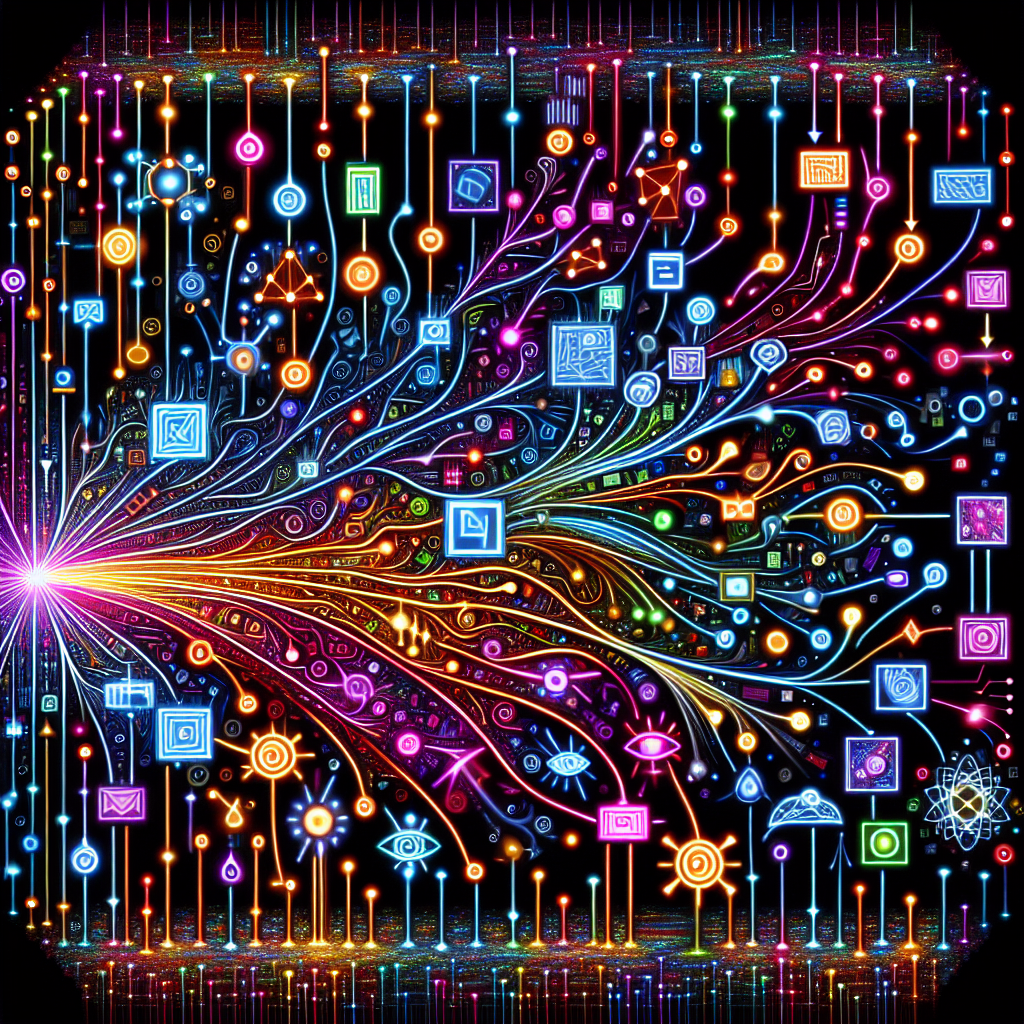
Advancements in Recurrent Neural Networks for Image Captioning
Advancements in Recurrent Neural Networks for Image CaptioningImage captioning is a challenging task in the field of computer vision and natural language processing. The goal is to automatically generate a textual description of an image. This task requires understanding the content of the image and generating a coherent and informative caption.
Recurrent Neural Networks (RNNs) have been widely used for image captioning. RNNs are a type of neural network that can capture sequential information and are well-suited for generating text. However, traditional RNNs have limitations in capturing long-range dependencies, which are crucial for generating accurate and detailed captions.
To address this issue, researchers have made advancements in recurrent neural networks for image captioning. One approach is the use of Long Short-Term Memory (LSTM) networks, which are a type of RNN that can learn long-term dependencies. LSTMs have been shown to improve the performance of image captioning systems by effectively capturing the context of the image and generating more coherent captions.
Another advancement is the use of Gated Recurrent Units (GRUs), which are a simplified version of LSTMs that also have the ability to capture long-range dependencies. GRUs have been shown to be computationally more efficient than LSTMs and have achieved comparable performance in image captioning tasks.
In addition to using more advanced RNN architectures, researchers have also explored attention mechanisms in image captioning. Attention mechanisms allow the model to focus on different parts of the image while generating the caption, which can improve the quality and accuracy of the captions.
Furthermore, researchers have developed novel training techniques and loss functions to improve the training of RNNs for image captioning. One approach is the use of reinforcement learning, where the model is trained to maximize a reward signal based on the quality of the generated captions. This approach has been shown to improve the fluency and informativeness of the captions.
Overall, advancements in recurrent neural networks for image captioning have significantly improved the performance of image captioning systems. By leveraging more advanced RNN architectures, attention mechanisms, and novel training techniques, researchers have been able to generate more accurate and coherent captions for a wide range of images. These advancements have the potential to enable more sophisticated applications of image captioning in fields such as image retrieval, image understanding, and assistive technologies.
#Advancements #Recurrent #Neural #Networks #Image #Captioning,rnn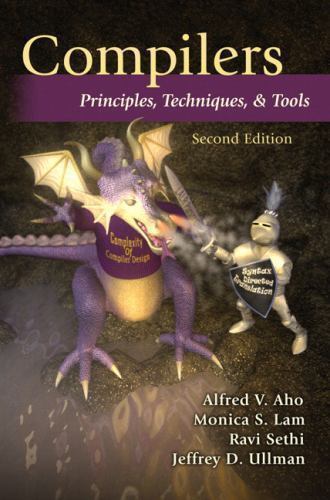
Methods and Techniques in Deep Learning: Advancements in mmWave Radar Solutions

Methods and Techniques in Deep Learning: Advancements in mmWave Radar Solutions
Price : 108.71
Ends on : N/A
View on eBay
Deep learning has revolutionized many industries, including the field of radar technology. In particular, advancements in mmWave radar solutions have greatly benefited from the use of deep learning methods and techniques.One of the key methods used in deep learning for mmWave radar solutions is convolutional neural networks (CNNs). CNNs are well-suited for processing radar data due to their ability to automatically extract features from raw input data. By training a CNN on large datasets of radar signals, researchers can create models that are capable of accurately detecting and classifying objects in real-time.
Another important technique in deep learning for mmWave radar solutions is transfer learning. Transfer learning involves taking a pre-trained model and fine-tuning it on a new dataset. This allows researchers to leverage the knowledge gained from training on one dataset to improve performance on a different dataset. Transfer learning has been shown to be particularly effective in scenarios where labeled radar data is limited.
Recurrent neural networks (RNNs) are also commonly used in deep learning for mmWave radar solutions. RNNs are well-suited for processing sequential data, making them ideal for tasks such as target tracking and motion prediction. By training an RNN on historical radar data, researchers can create models that are capable of accurately predicting the future trajectory of moving objects.
Overall, the use of deep learning methods and techniques has greatly advanced the field of mmWave radar solutions. By leveraging the power of neural networks, researchers are able to create models that are capable of accurately detecting and classifying objects in real-time, tracking moving targets, and predicting future trajectories. These advancements have the potential to greatly improve the performance and capabilities of radar systems in a wide range of applications.
#Methods #Techniques #Deep #Learning #Advancements #mmWave #Radar #Solutions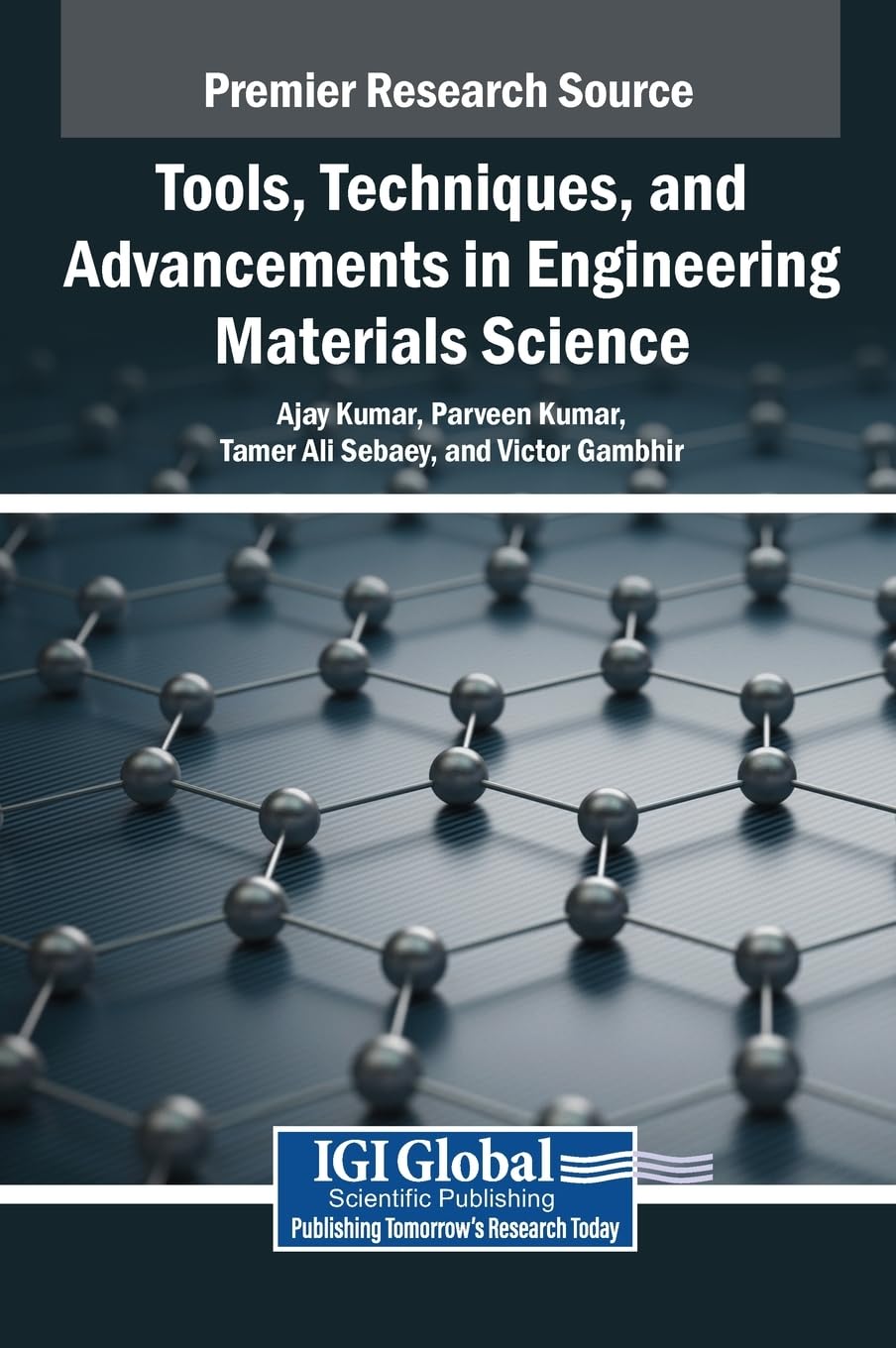
Tools, Techniques, and Advancements in Engineering Materials Science
Price: $225.00
(as of Dec 28,2024 02:16:03 UTC – Details)
In today’s rapidly evolving world of engineering materials science, there are constantly new tools, techniques, and advancements being made that are revolutionizing the way we design and create materials for various applications. From nanotechnology to additive manufacturing, the possibilities seem endless. In this post, we will explore some of the cutting-edge tools, techniques, and advancements in engineering materials science that are shaping the future of the field.1. Nanotechnology: Nanotechnology is a rapidly growing field that involves manipulating materials at the nanoscale level, typically ranging from 1 to 100 nanometers. This technology allows for the creation of materials with unique properties, such as increased strength, flexibility, and conductivity. Nanomaterials are being used in a wide range of applications, from electronics to biomedical devices.
2. Additive Manufacturing: Also known as 3D printing, additive manufacturing is revolutionizing the way we produce materials. This technique involves building up materials layer by layer, allowing for complex geometries that were previously impossible to achieve. Additive manufacturing is being used in a variety of industries, including aerospace, automotive, and healthcare.
3. Advanced Materials: Advances in materials science have led to the development of new materials with incredible properties. From superconductors to shape-memory alloys, these materials are pushing the boundaries of what is possible in engineering. For example, graphene is a two-dimensional material that is incredibly strong, lightweight, and conductive, making it ideal for a wide range of applications.
4. Computational Modeling: Computational modeling is a powerful tool that allows engineers to predict the behavior of materials before they are even created. By using advanced software and algorithms, engineers can simulate the properties of materials under different conditions, helping to optimize their performance and durability.
5. Biomimicry: Biomimicry is the practice of designing materials and structures that are inspired by nature. By mimicking the way plants, animals, and other organisms have evolved to survive and thrive, engineers can create materials that are more efficient, sustainable, and environmentally friendly.
Overall, the tools, techniques, and advancements in engineering materials science are opening up new possibilities for innovation and discovery. As we continue to push the boundaries of what is possible, we can expect to see even more exciting developments in the field in the years to come.
#Tools #Techniques #Advancements #Engineering #Materials #Science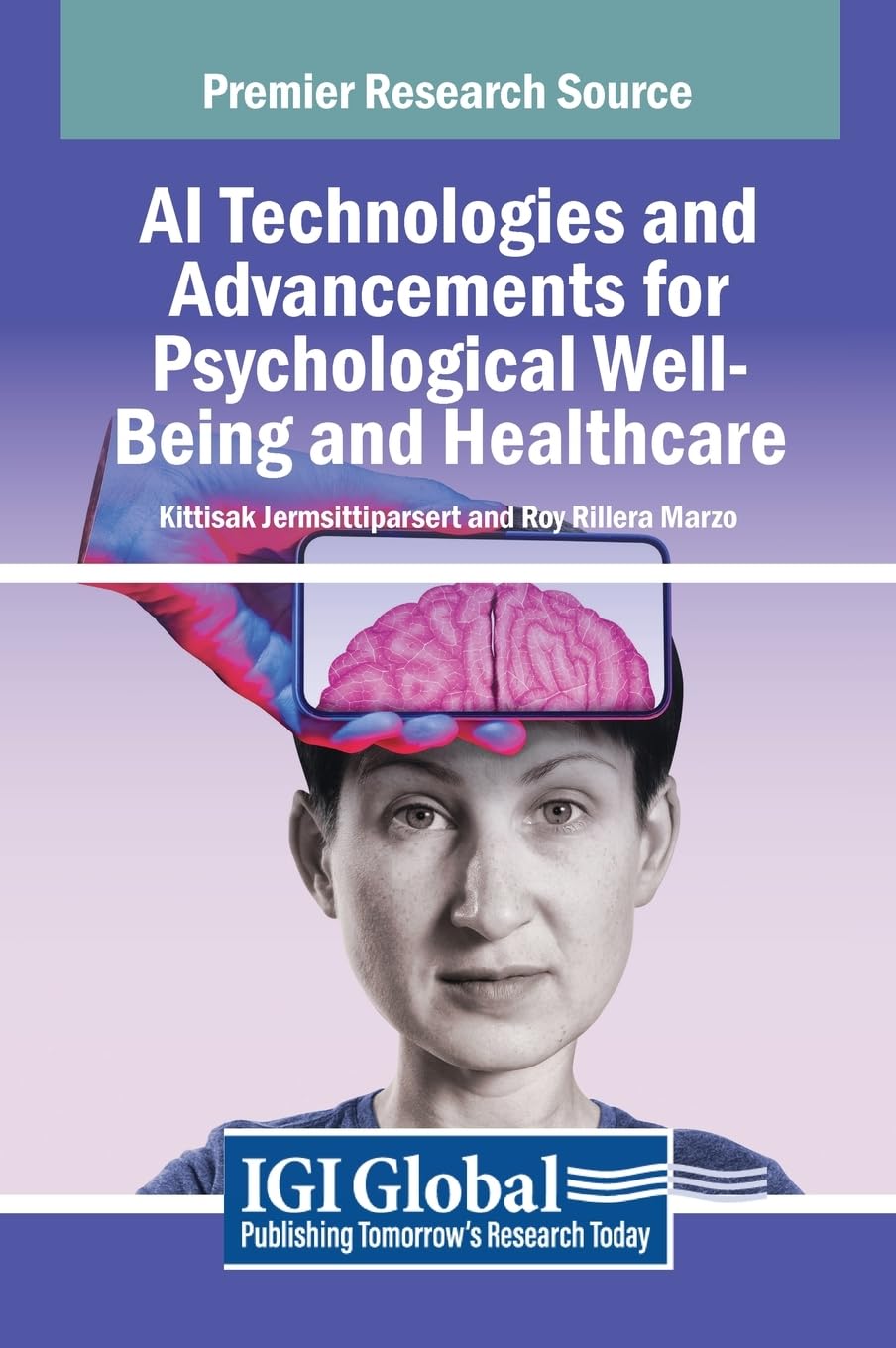
AI Technologies and Advancements for Psychological Well-Being and Healthcare
Price: $435.00
(as of Dec 27,2024 10:51:31 UTC – Details)
AI Technologies and Advancements for Psychological Well-Being and HealthcareIn recent years, artificial intelligence (AI) has made significant strides in the field of mental health and healthcare. AI technologies are being increasingly utilized to improve the well-being of individuals struggling with mental health issues and to provide more efficient and personalized healthcare services.
One of the key ways in which AI is being used in the mental health field is through predictive analytics. By analyzing vast amounts of data, AI algorithms can identify patterns and trends that may indicate the likelihood of developing mental health conditions or the effectiveness of certain treatments. This allows healthcare providers to intervene early and provide targeted interventions to prevent or manage mental health issues.
AI-powered chatbots and virtual assistants are also being used to provide mental health support to individuals in need. These tools can offer 24/7 access to resources, guidance, and support for those struggling with mental health issues, helping to reduce stigma and improve accessibility to care.
Furthermore, AI technologies are being used to enhance the efficiency and accuracy of diagnostic processes in healthcare. Machine learning algorithms can analyze medical imaging scans and detect abnormalities that may be missed by human practitioners, leading to earlier detection and treatment of diseases.
Overall, AI technologies hold great promise for improving psychological well-being and healthcare outcomes. By harnessing the power of data and advanced algorithms, AI is revolutionizing the way mental health issues are addressed and healthcare services are delivered. As these technologies continue to evolve, we can expect to see even greater advancements in the field of mental health and healthcare in the years to come.
#Technologies #Advancements #Psychological #WellBeing #Healthcare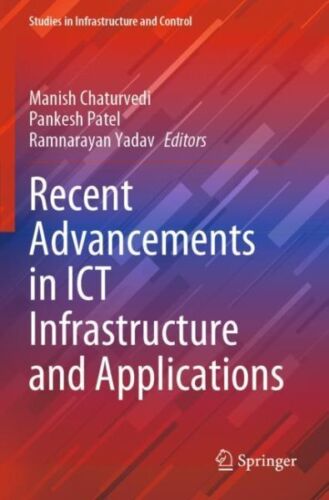
Recent Advancements in Ict Infrastructure and Applications by Chaturvedi, Man…

Recent Advancements in Ict Infrastructure and Applications by Chaturvedi, Man…
Price : 182.58
Ends on : N/A
View on eBay
Recent Advancements in ICT Infrastructure and Applications by Chaturvedi, ManojIn the fast-paced world of technology, advancements in ICT infrastructure and applications are constantly evolving to meet the growing demands of businesses and consumers. Chaturvedi, Manoj, a leading expert in the field of information and communication technology (ICT), has been at the forefront of these advancements, pushing the boundaries of what is possible in the digital realm.
One of the most notable advancements in ICT infrastructure is the shift towards cloud computing. This technology allows for the storage and processing of data on remote servers, eliminating the need for physical hardware and reducing costs for businesses. Chaturvedi, Manoj has been instrumental in implementing cloud solutions for a variety of organizations, improving efficiency and scalability in their operations.
Another key development in ICT applications is the rise of artificial intelligence (AI) and machine learning. These technologies have the ability to analyze vast amounts of data, identify patterns, and make intelligent decisions in real-time. Chaturvedi, Manoj has been at the forefront of integrating AI into various applications, from customer service chatbots to predictive analytics for businesses.
Additionally, advancements in ICT infrastructure have enabled the widespread adoption of Internet of Things (IoT) devices, which are interconnected devices that can communicate and share data with each other. Chaturvedi, Manoj has played a key role in developing IoT solutions for smart homes, healthcare systems, and industrial applications, revolutionizing how we interact with technology in our daily lives.
Overall, the recent advancements in ICT infrastructure and applications by Chaturvedi, Manoj have paved the way for a more connected and intelligent future. As technology continues to evolve, we can expect even more innovative solutions to emerge, further enhancing our digital experiences.
#Advancements #Ict #Infrastructure #Applications #Chaturvedi #Man.., Intelligent data infrastructure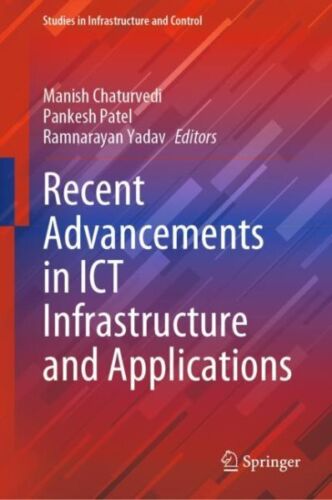
Recent Advancements in Ict Infrastructure and Applications, Hardcover by Chat…

Recent Advancements in Ict Infrastructure and Applications, Hardcover by Chat…
Price : 182.58
Ends on : N/A
View on eBay
Recent Advancements in ICT Infrastructure and ApplicationsIn this groundbreaking hardcover book by renowned ICT expert Chat, readers will delve into the latest advancements in information and communication technology (ICT) infrastructure and applications. From the rise of cloud computing to the integration of artificial intelligence and machine learning, this book offers a comprehensive overview of how technology is shaping the future.
With in-depth analysis and case studies, Chat explores the impact of these advancements on various industries, including healthcare, finance, and education. Readers will gain valuable insights into how ICT is revolutionizing processes, improving efficiency, and driving innovation.
Whether you’re a seasoned IT professional or simply interested in the latest tech trends, Recent Advancements in ICT Infrastructure and Applications is a must-read. Stay ahead of the curve and discover the endless possibilities that technology has to offer. Get your hands on this essential resource today!
#Advancements #Ict #Infrastructure #Applications #Hardcover #Chat.., Intelligent data infrastructure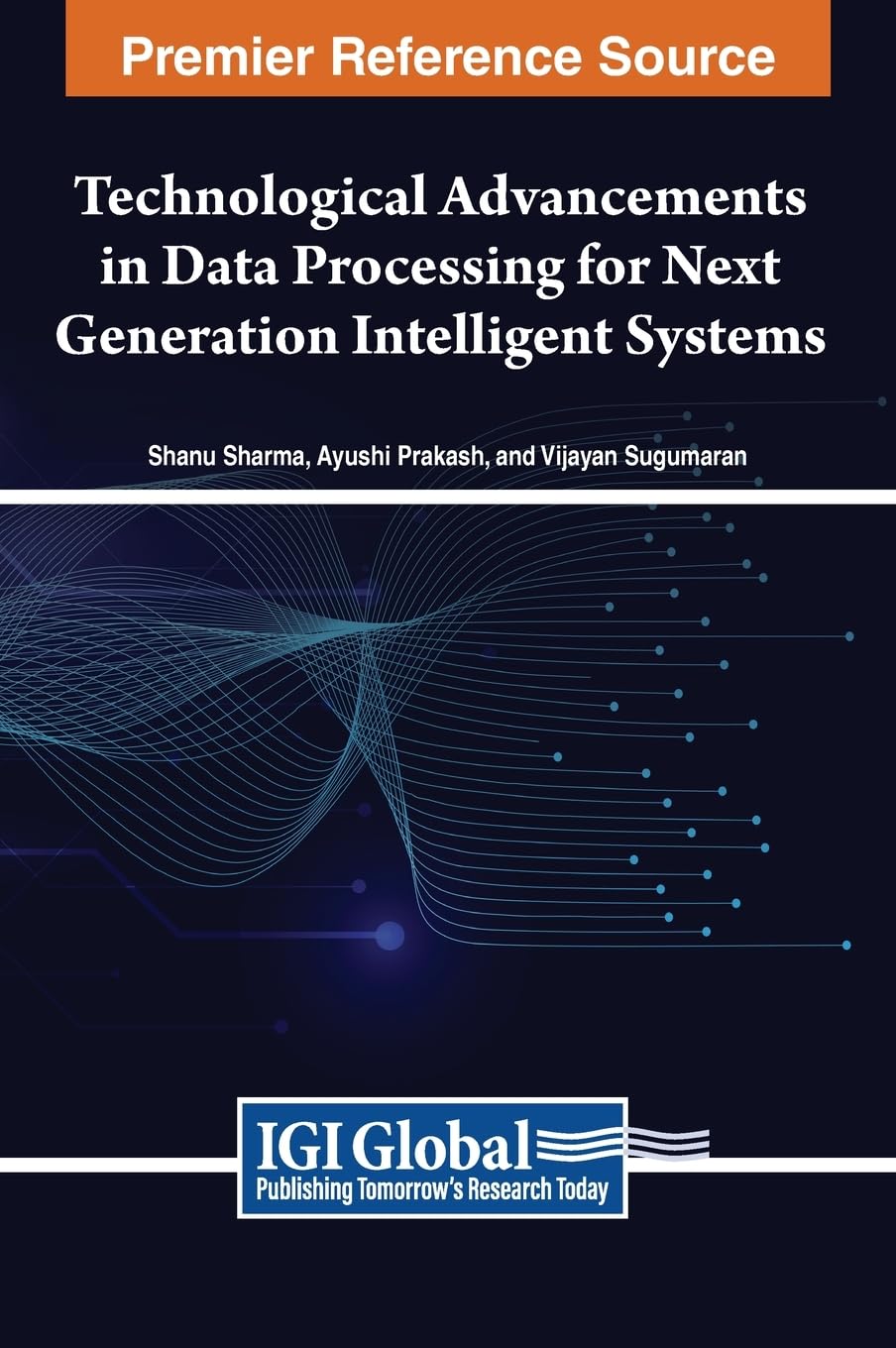
Technological Advancements in Data Processing for Next Generation Intelligent Systems
Price: $300.00
(as of Dec 24,2024 15:38:55 UTC – Details)
ASIN : B0CH89CTZV
Publisher : IGI Global (March 18, 2024)
Language : English
Hardcover : 320 pages
ISBN-13 : 979-8369309681
Item Weight : 1.95 pounds
Dimensions : 7 x 0.88 x 10 inches
In today’s rapidly evolving digital landscape, technological advancements in data processing are paving the way for the development of next-generation intelligent systems. From artificial intelligence and machine learning to big data analytics and edge computing, these innovations are revolutionizing the way businesses and industries operate.One of the key areas of advancement in data processing is the integration of artificial intelligence (AI) and machine learning algorithms. These technologies enable intelligent systems to analyze and interpret vast amounts of data in real-time, providing valuable insights and predictions that can drive informed decision-making. AI-powered systems are capable of learning from past experiences and continuously improving their performance, making them invaluable tools for businesses looking to gain a competitive edge.
Another significant advancement in data processing is the use of big data analytics. With the exponential growth of data generated by devices, sensors, and social media platforms, organizations are turning to advanced analytics tools to extract actionable insights from this wealth of information. By leveraging big data analytics, businesses can uncover patterns, trends, and correlations that were previously hidden, allowing them to make more informed decisions and optimize their operations.
Edge computing is also playing a crucial role in the evolution of intelligent systems. By processing data closer to the source, edge computing enables faster response times and reduces latency, making it ideal for applications that require real-time processing, such as autonomous vehicles and industrial automation. This distributed computing model is revolutionizing the way data is processed and managed, paving the way for the development of more efficient and reliable intelligent systems.
Overall, technological advancements in data processing are driving the development of next-generation intelligent systems that are more powerful, efficient, and capable than ever before. By harnessing the power of AI, machine learning, big data analytics, and edge computing, organizations can unlock new opportunities, drive innovation, and stay ahead of the competition in today’s fast-paced digital economy.
#Technological #Advancements #Data #Processing #Generation #Intelligent #Systems
